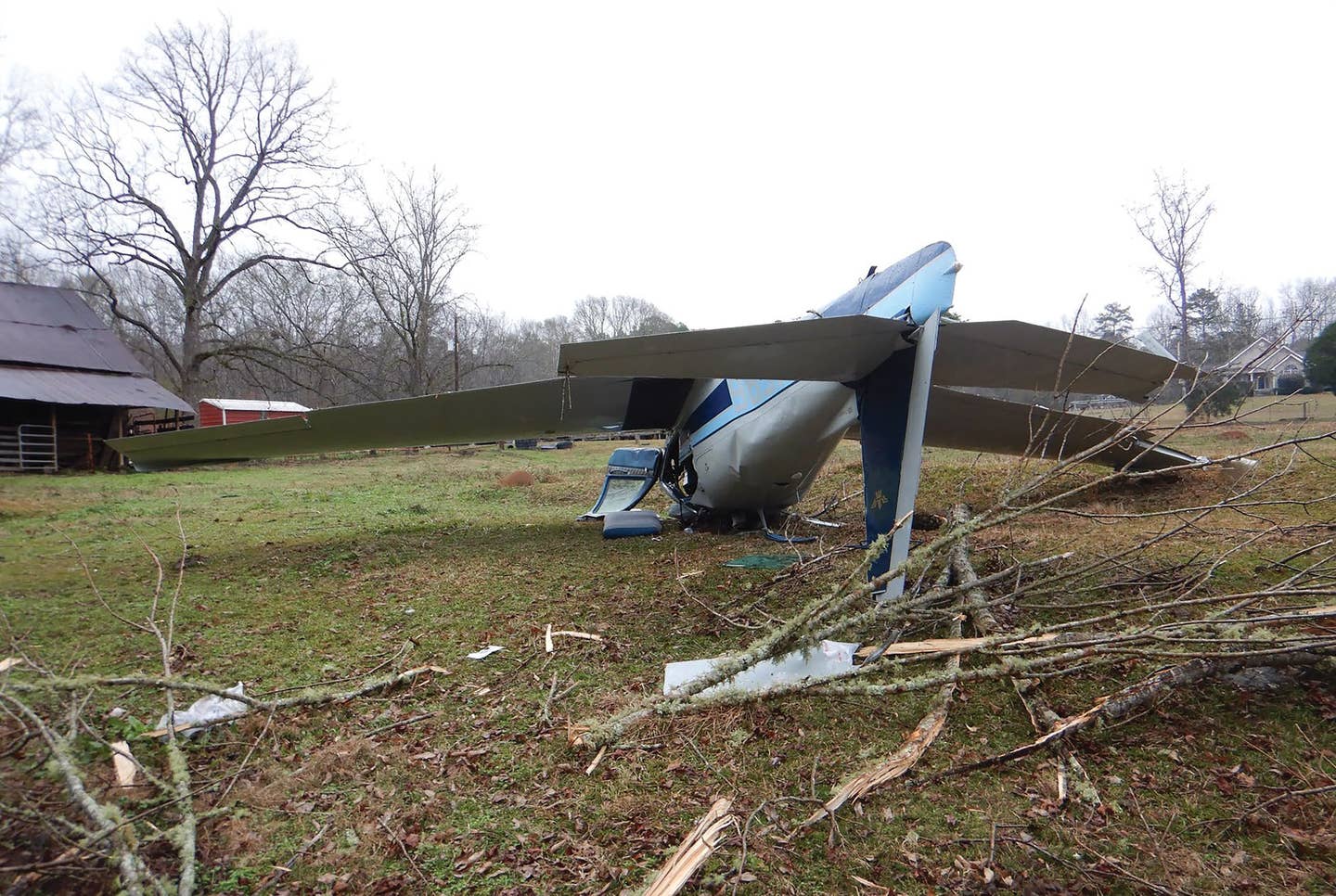Blimps And The Worldwide Helium Shortage
The stuff is hard to get and nearly impossible to hold on to. Can airships survive without the light stuff?
Helium. It's the stuff of childhood birthday balloons and weird chipmunk voices, but it's got some critical uses, too. It's used in MRI machines and semiconductor manufacturing and cooling---it's critical to the large hadron collider at CERN as well as, oh yeah, airship operations. But today there is a worldwide Helium shortage. Just how bad is the situation? And are there any alternatives? Are airships an endangered species?
The first thing to know about Helium is that it's hard to get and hard to keep. Even though it is the second most common elements in the universe, it's also the second hardest stable element to keep track of. It's outrageously expensive to get it from the air, so just about all of our Helium is a by-product of natural gas extraction, though there are only a handful of refineries that collect the gas. And because it's so light, it can escape earth's atmosphere, and good luck tracking it down in space.
And helium is getting scarce, which also means it's getting more expensive. In part that's because there are so few producers and in part because its fate is tied closely to natural gas production, and carbon fuel markets are notoriously volatile and affected by geopolitics perhaps more than any other commodity. The United States has not helped with the situation. Its National Helium Reserve, located in Helium City, USA, otherwise known as Amarillo, Texas, went on the auction block in 1996 and private producers have not made Helium a priority. While the world's production of the gas has held steady of late, demand for it worldwide has increased, with countries including China and Russia wanting more of the gas than ever. Back to basic economics. With the higher demand, you get higher prices
Airships are cool machines, but in the grand scheme how critical are they, and how much can their operators afford to pay for a fill up at the HE pump? It costs Goodyear about $100,000 to put helium in each one of its three airships. Because the gas is so slippery, blimps need to be topped off every few days or they go soft.
So what, we hear you asking, about going back to Hydrogen? It's a great idea, except for all the infernos. And I mean "all" of them. The New Jersey Hindenburg catastrophe wasn't the only one of its kind. Not even close. Before blimp operators abandoned Hydrogen altogether, nearly 40 airships caught fire and burned for one reason after another (everything from lightning strikes to hitting power lines). There were hundreds of deaths and just as many injuries.
The reason that blimp operators' dangerous attachment to Hydrogen was so hard to give up is that it's the perfect stuff for the application. The gas is plentiful and cheap to produce and, perhaps most importantly, it weighs half of what helium does. But the whole explosion thing makes Hydrogen a non-starter for any lifting gas applications where, says the government, flammability is to be avoided, such as ! everything we can think of. So the alternative to Helium in airships is!well, Helium.
The good thing is that we're not really running out of Helium so much as not producing as much as we need. How that goes in the future has more to do with the profitability of extracting the stuff, the worldwide demand for it and the appetite for paying more for it.

Subscribe to Our Newsletter
Get the latest Plane & Pilot Magazine stories delivered directly to your inbox






